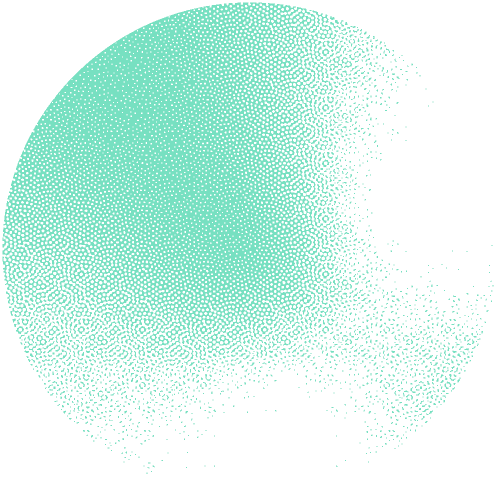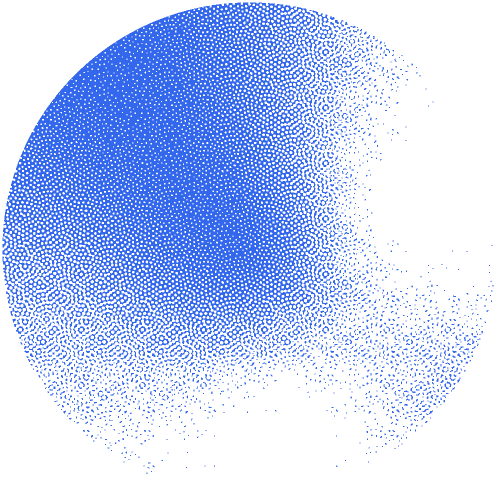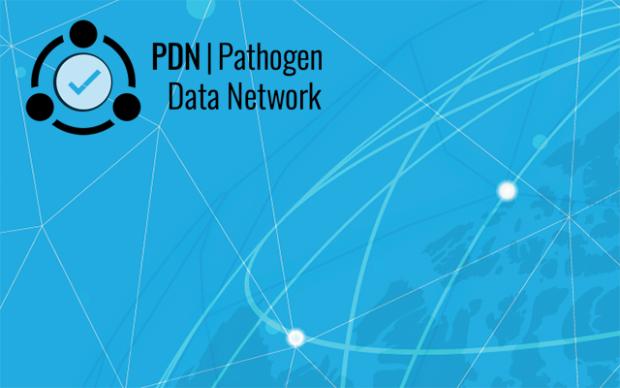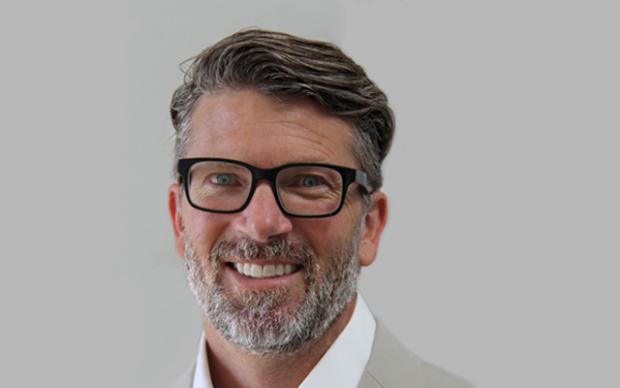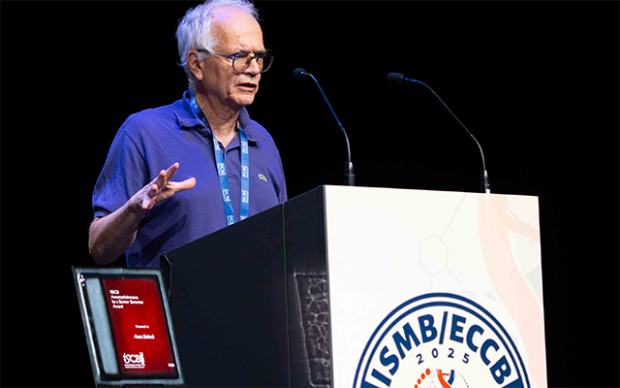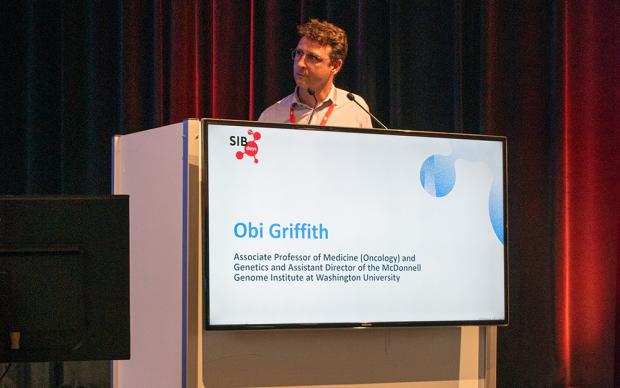Professor Dame Janet Thornton, former Director of European Bioinformatics Institute (EMBL-EBI), was invited as opening keynote for the SIB days 2024, the Swiss bioinformatics summit. We seized the opportunity to ask one of the pioneers of bioinformatics a few questions about the future of the field. Interview.
SIB: You opened your speech by saying “bioinformatics is everywhere in biology”, yet it's quite a recent research field. What did you mean by that?
Janet Thornton: To understand biology, especially at the organismal level, you need information about the molecules, you need information about the genome, but that only gives the blueprint. It doesn't tell you what genes is expressed where, how we are reacting to our nutrition or environment. To understand biology at the higher scales, like at the cellular, the organismal or the ecosystem level, you need to combine different types of data together. The only way to do that is computationally, it is not either/or. You derive your model and then work on trying to understand it and fit to data, etc. We must integrate the different data types available and the only way to do that is with computational biology and bioinformatics techniques.
SIB: You made enzymes the focus of your opening presentation. Where does your fascination for the subjects come from?
J. T.: It's a case of availability of data at some level. I was interested in looking at a protein sequence and trying to predict its function because proteins exist to do things: the function is the most important parameter. For enzymes, we have more data than any other type of function. The original evolution of life was totally dependent on the evolution of enzymes and the evolution of polymers. It all goes hand in hand, but you can't understand life without understanding the chemistry of it.
SIB: You mentioned that several SIB resources like Uniprot, Rhea etc. contributed greatly to computational enzymology. How do you see SIB's activity?
J. T.: Absolutely, SIB’s contribution to bioinformatics is foundational, without a doubt. It was very foresighted when the institute was established. It is an infrastructure with national funding which is very unusual and has been a model for some other countries. Because bioinformatics is everywhere, having a distributed institute like SIB is very powerful and of course, you have had excellent people leading it and excellent computational biologists to make it conceptually important to the way that we do modern bioinformatics.
EBI is another model, which is a good model for what EBI does. We collect, curate, analyze and distribute data. I am absolutely convinced this model works in part because we are international. We are not funded by one member state, we are funded by 29, which means that they all pay a little bit in to offer resources to the whole life science community. It is a good model, and in a way, complementary to SIB which is a national infrastructure, albeit that it serves the world, just like EBI does.
SIB: We heard just before your speech that there was an important gender imbalance in abstract submissions for the SIB days. What advice would you give to young women pursuing a career in bioinformatics?
J. T.: ‘Go for it’ seems the obvious first thought. I am 75, so I can see 50 years’ worth of work and that's quite a long time. During that time, there have been different stages and different priorities that we all go through, whatever job you are in. At any one period in life, not only have you got the change of the technologies - that have been so important for bioinformatics - but you've also got your own personal lifestyle and the balance that you have depends on the combination of those two factors. Different couples do it differently. For me, I wanted to spend some time at home, I didn't want to work full time when the children were little. That went up to when the youngest was 11 years old.
SIB: Do you feel that it was in any way detrimental to your career?
J. T.: It doesn't seem to have been. Now we encourage our students and postdocs to have this “life plan”: first this and then this... It wasn't like that for me, and I just thought about the next year or the next step. I didn't think I would ever get a job as a researcher. At some point in my career, I was happier to have some time at home rather than spending all my time at work. But don't get me wrong: I do work hard but I do like the two aspects of life to coexist – home and work. It is all about finding your personal balance.
SIB: You are one of the pioneers of bioinformatics, you witnessed its birth and evolution. How do you think the field will evolve?
J. T.: It will grow without a doubt because the only way to to make sense of a whole human being or a whole ecosystem is by computational biology approaches. It is a very data-rich science, but we need to harmonize, bring it all together and integrate it. And integrate it for a purpose. At EBI, we are part of a consortium called “Open Targets” which basically integrates lots of data for the purpose of identifying targets for drug design, a very specific purpose. If you're trying to integrate data to understand biodiversity, then you'll need a different way of integrating. Some of the methodologies and statistical analyses will be the same but you always need to think: “what is the question and how do I solve it best?”.
SIB: Do you feel that the current questions are not specific enough?
J. T.: I think there is room for improvement. When I first joined EBI, it was just after Tony Blair had been elected Prime Minister for the second time in the UK. The first thing he said was: “my priorities are education, education, education”. When I joined EBI, I said: “my priorities are integration, integration, integration”, because most of the databases were siloed.
I didn't totally succeed in getting there because the data are different and grow at different paces. Trying to really get a pathway through EBI resources, so that you pick out all the relevant data that you need depends on the question you're asking. You can't just have a pipeline that works for everything, you must be very specific. We have some way to go in terms of how best we integrate certain sorts of data.
SIB: What do you think will be SIB’s part in this evolution?
J. T.: I hope you will continue to be funded, and I hope you will continue to act within Europe as a beacon of light and collaborate with the Elixir framework and help other countries. The data SIB handles and the excellent data resources that are made available to the world, really empower the whole community of not just bioinformatics, but also biology. It's interesting because the physicists tend to regard biology as a ‘follow-on’ science”. But in fact, biology has developed in a different way, thanks to institutions like SIB: as a collaborative science with open data, increasing communication between people, the whole FAIR concept etc. The impact has been transformational and will continue to be so because we still have so much to understand.
Reference(s)
Image credit: Evren Kiefer
